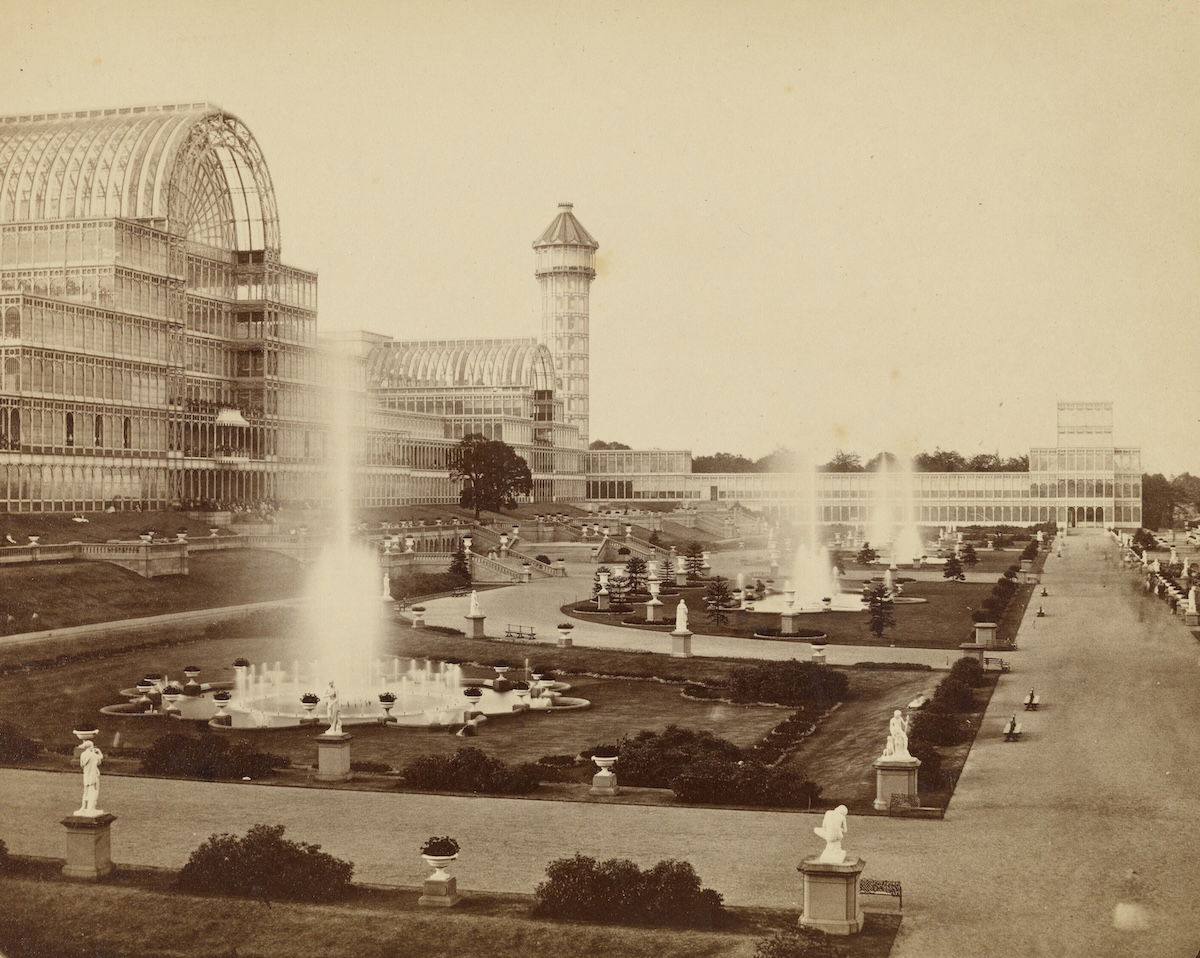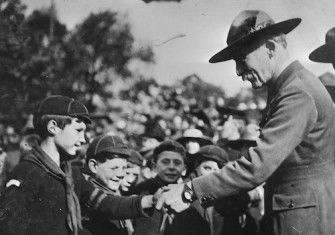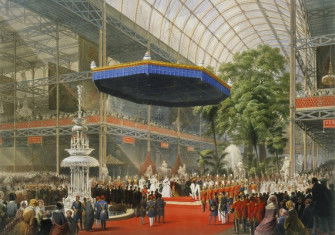Crystal Palace: Reflections of the British Empire
Was Joseph Paxton’s Crystal Palace a monument to Britain’s colonial achievement or a fragile symbol of a fragmenting imperial dream?

In November 1911 the Crystal Palace at Sydenham, the world’s largest building, was for sale, bankrupt after decades of financial troubles. The Crystal Palace Company declared with a heavy pun in their Sale Catalogue that: ‘The idea of Empire might be crystallised at the Sydenham Palace.’ Although an ambitious Festival of Empire had been staged there during the summer the idea went back 60 years.
At the original Crystal Palace, in Hyde Park, the Great Exhibition of 1851 had in fact promoted hopes of international unity, rather than British interests; Prince Albert’s speeches urged progress (through commerce) in love and peace towards the unity of nations. In the nave of the Palace a Krupp six-pounder cannon sat beneath an elegant canopy, an ironic portent. The great exhibition of manufactures and commodities (classified by Albert) amounted to an immense encyclopedia of resources and technology; the polymath Master of Trinity College, Cambridge, William Whewell, spoke for the visitors: ‘we were students together at the Great University of 1851’.







